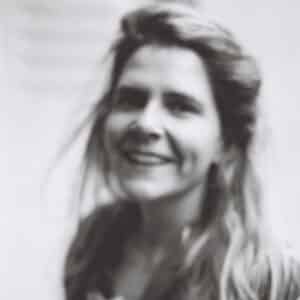When Zanele Muholi, a non-binary* activist artist, began their work in 2004, their country had entered a new era of transition that raised new hopes marred violence. The election of Nelson Mandela as South Africa’s first black president ten years ear...



